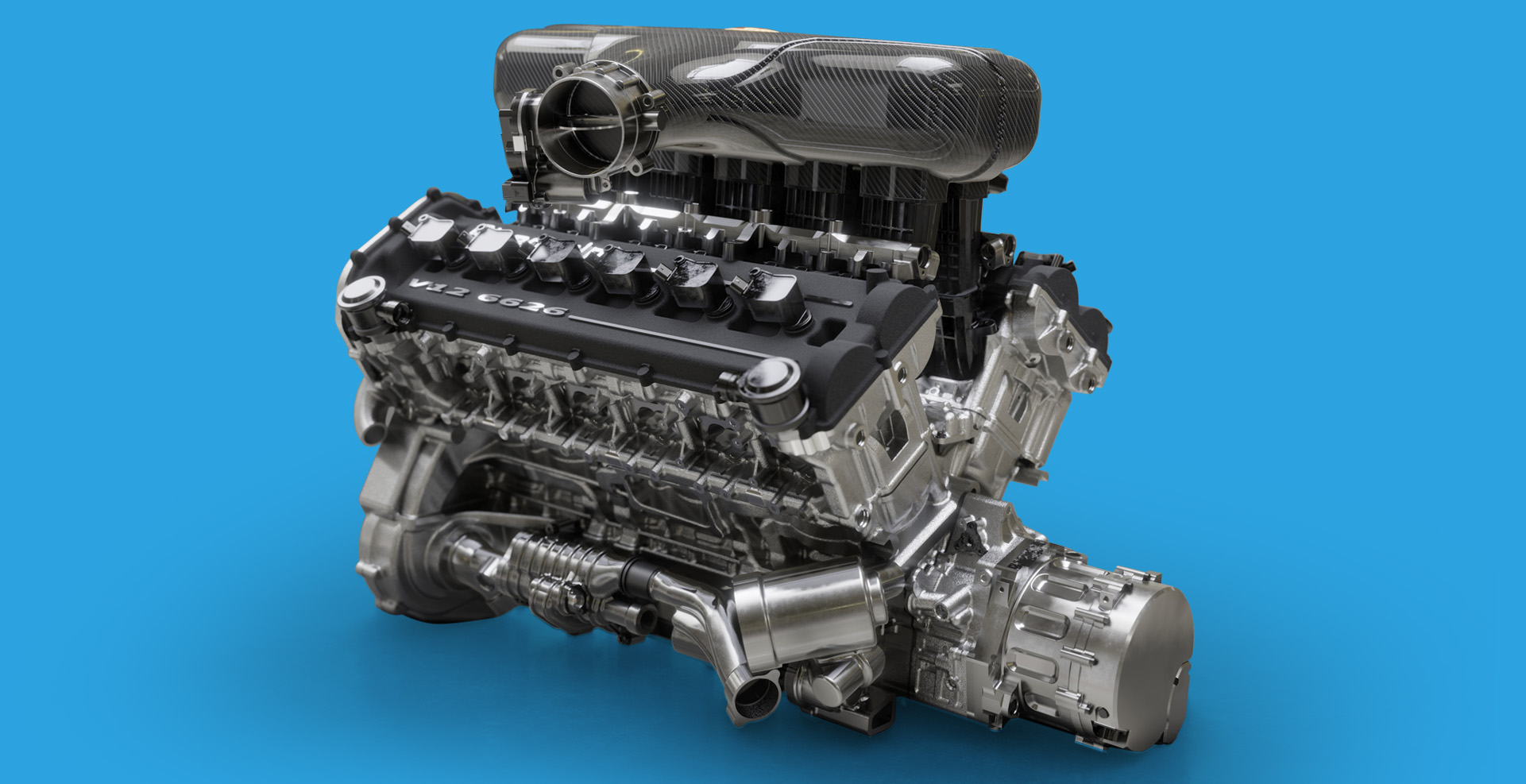The Pursuit for Ultimate Driving Power: Examining the Pinnacle of Engine Performance and Technological Developments in the Automotive Sector
In the realm of vehicle design, the quest of optimum driving power has actually been a relentless mission that has actually unfolded with the evolution of engine layout and the assimilation of advanced innovations. From the careful craftsmanship of burning engines to the rapid innovations in electrical propulsion systems, the vehicle market stands at the cusp of a new period defined by extraordinary performance capabilities.
Development of Engine Layout

Additionally, the integration of turbocharging and turbo charging innovations has transformed engine layout by improving power without considerably boosting engine size. These forced induction systems press the intake air, enabling more fuel to be combusted, thereby creating greater power outcome from a smaller sized engine. This development has been specifically important in improving the performance of smaller variation engines while preserving gas efficiency criteria.

Performance-Enhancing Gas Technologies
The application of advanced fuel technologies has actually substantially contributed to enhancing engine performance in modern vehicles. Biofuels, obtained from sustainable resources like sugarcane, algae, or corn, deal boosted and reduced discharges engine efficiency. In addition, gas ingredients and cleaning agents are being developed to tidy engine components, maximize burning, and lower friction, consequently improving general automobile performance.
Developments in Electric Propulsion
Considerable strides in electric propulsion modern technology have revolutionized the auto market, leading the way for a brand-new era of sustainable and efficient transport. Electric automobiles (EVs) are obtaining popularity because of their ecological advantages and improvements in battery modern technology, allowing longer driving ranges and shorter billing times. Manufacturers are spending heavily in research study and development to improve the performance of electrical propulsion systems, concentrating on increasing power result, improving energy performance, and decreasing total weight.
One noteworthy breakthrough in electrical propulsion is the advancement of sophisticated electrical motors that provide higher torque and power density, resulting in improved velocity and overall driving efficiency. In addition, regenerative braking systems have actually been fine-tuned to catch and store energy during slowdown, further enhancing the efficiency of EVs.
Moreover, the combination of smart modern technologies, such as man-made knowledge and predictive analytics, is optimizing the administration of electric propulsion systems, making certain optimum efficiency under various driving problems. These improvements in electrical propulsion are reshaping the automotive landscape, driving the sector in the direction of a more sustainable and energized future.
Influence of Computational Liquid Dynamics
With developments in electric propulsion pressing the boundaries of automobile technology, the integration of Computational Fluid Characteristics is playing a pivotal duty in enhancing wind resistant performance and improving general efficiency in car design. Computational Liquid Dynamics (CFD) includes the usage of computer simulations to analyze the flow of air around an automobile, making it possible for engineers to anticipate just how layout changes will impact the rules of aerodynamics without the need for expensive physical models. By accurately modeling air movement patterns, CFD permits the improvement of automobile forms to reduce drag, enhance cooling, and improve security.
One trick advantage of making use of CFD in car design is the ability to iterate rapidly, exploring various style variants to identify the most aerodynamically reliable remedies. This iterative process results in automobiles that are not only sleeker and extra aesthetically appealing but also much more fuel-efficient and eco-friendly. CFD enables designers to maximize air flow around elements such as radiators, engine bays, and wheel wells, adding to improved performance and total driving experience. Finally, the integration of Computational Liquid Dynamics stands for a significant advance in the quest for ultimate driving power and effectiveness in the automobile sector.
Future Fads in Engine Innovation
In the vibrant landscape of automotive engineering, innovative improvements are shaping the future trajectory of engine development. The future of engine layout is marked by a strong focus on sustainability, efficiency, and performance. Makers see it here are significantly concentrating on establishing engines that not just supply high power results but additionally prioritize ecological responsibility by boosting and decreasing discharges gas effectiveness.
One noticeable pattern in engine technology is the rise of electrification. Crossbreed and electric powertrains are obtaining traction as practical alternatives to standard combustion engines. These innovations offer the capacity for substantial decreases in carbon discharges and enhanced power effectiveness, straightening with worldwide initiatives to battle climate change.
Furthermore, innovations in products science and production strategies are enabling the production of lighter and more long lasting engine elements. This change towards light-weight materials such as carbon fiber and light weight aluminum alloys contributes to boosted performance and fuel economic situation.
Conclusion
To conclude, the quest of best driving power in the automobile sector continues to drive improvements in engine design, fuel modern technologies, electric propulsion, and computational fluid dynamics. The evolution of these modern technologies is shaping the future of engine development, leading the way for more effective and reliable lorries (engines for africa). As the market continues to press the boundaries of what is feasible, we can anticipate to see also extra groundbreaking advancements in the mission for peak efficiency
One of the crucial turning points in engine design development is the shift from traditional carbureted engines to modern-day fuel-injected systems. By specifically metering the fuel shipment to each cylinder, fuel-injected engines optimize burning, resulting in much better efficiency and decreased environmental impact.
Furthermore, the assimilation of turbocharging and turbo site web charging innovations has revolutionized engine layout by boosting power without dramatically enhancing engine dimension (engines for africa).The execution of sophisticated fuel technologies page has dramatically added to boosting engine efficiency in modern cars. Furthermore, gas ingredients and cleaning agents are being developed to tidy engine elements, maximize combustion, and reduce rubbing, thus enhancing overall lorry performance